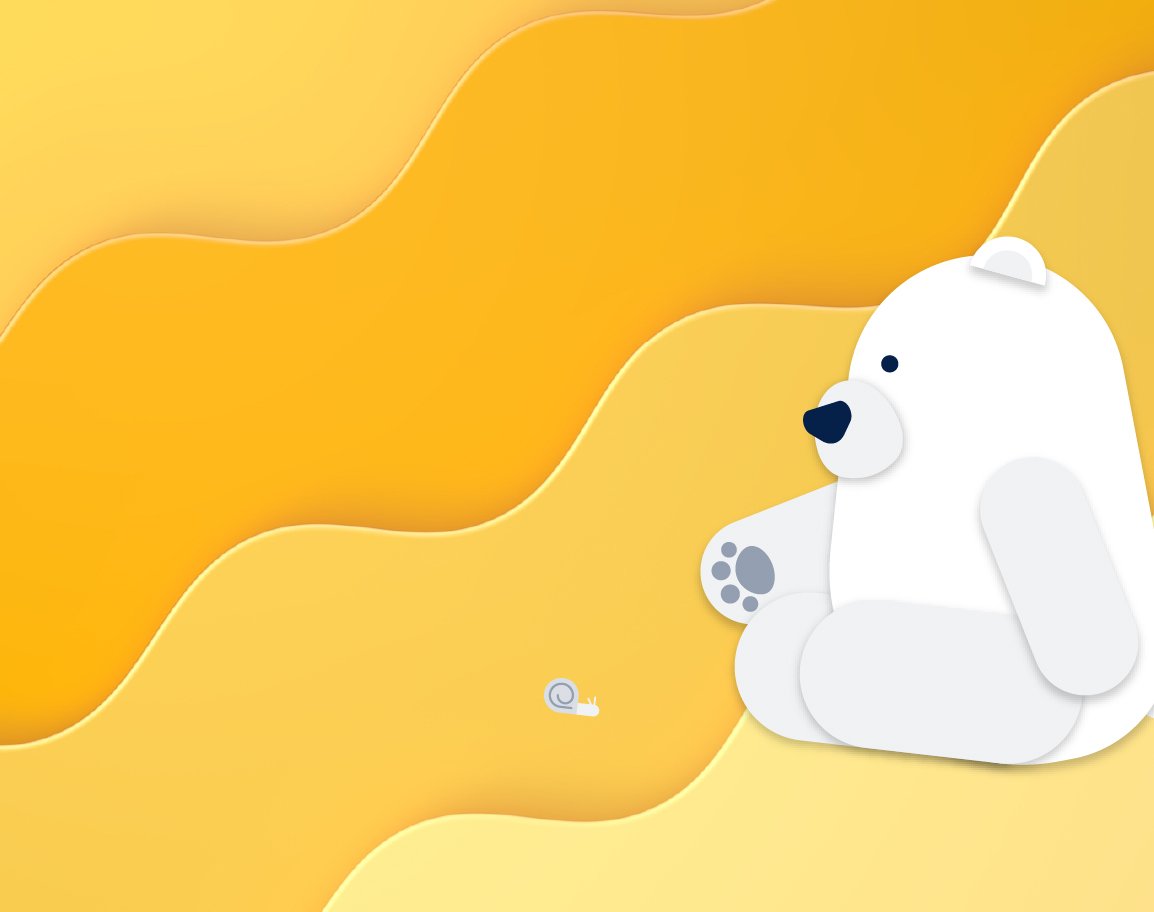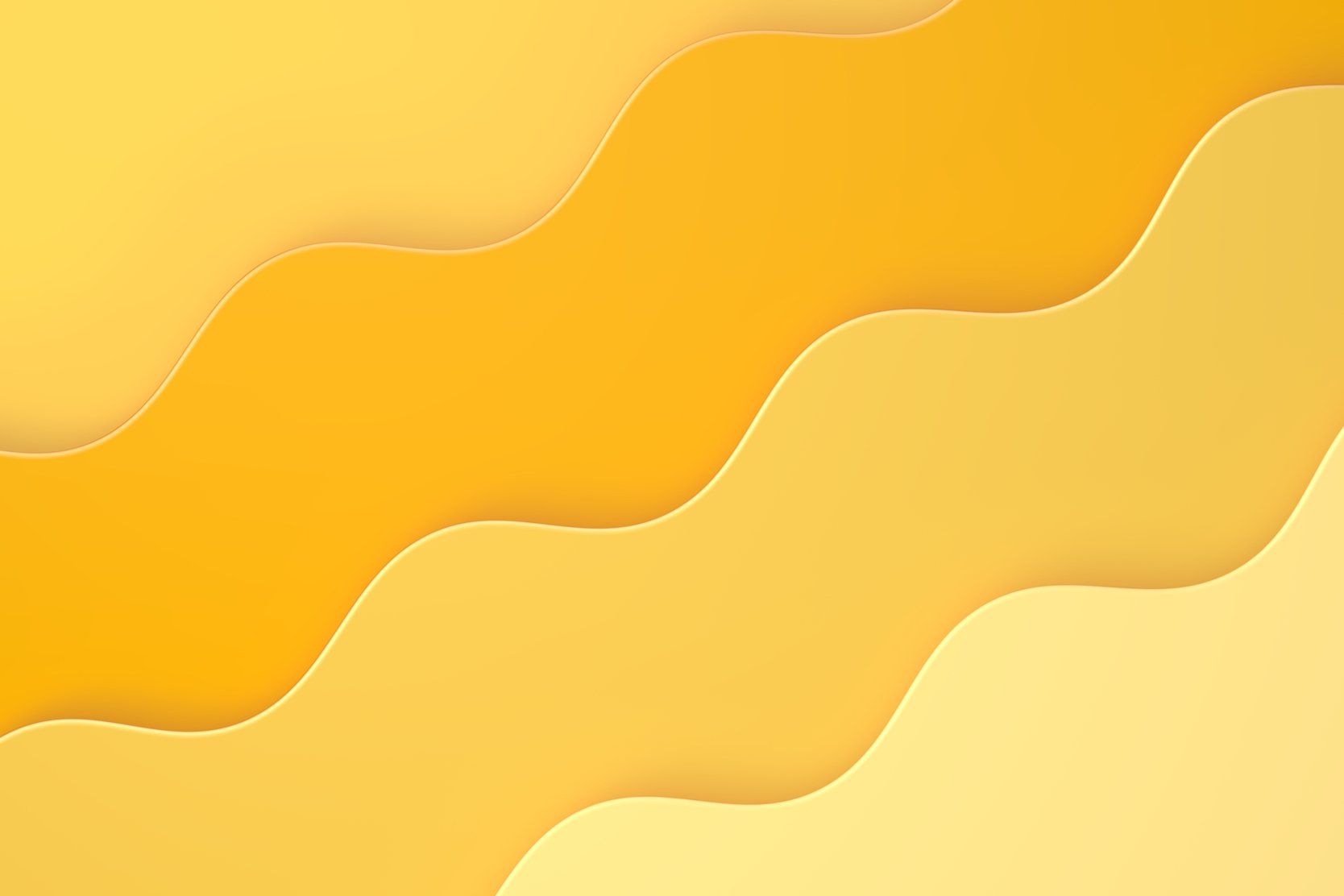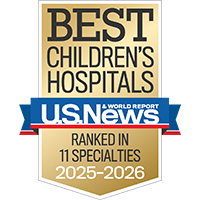Feeling at home
From bedside bingo to therapy dogs, we're here to help kids smile and feel more like themselves.
Visit Child Life services

The spleen is located in the upper left corner of the abdomen. It is bordered by the body organs that are closest, which are the stomach, left kidney, and the top of the colon. It is normally protected by the rib cage. However, in cases of severe trauma to the chest or abdomen, the spleen can be injured by the overlying rib cage. In some infections (mononucleosis) or in some disease states (blood diseases like hereditary spherocytosis or cancers like leukemia and lymphoma) the spleen can become enlarged. Then it may come down into the abdomen away from the protective ribs and may be vulnerable to injury.
The spleen has many functions, including:
An injured spleen causes hemorrhage (bleeding). The signs and symptoms of an injured spleen include abdominal pain, guarding (holding a hand over the area), tenderness in the upper left part of the abdomen, left shoulder pain and signs of shock and blood loss. This can be a major life threatening event. Diagnosis is usually made by a CT scan, also known as a CAT scan, which is a specialized X-ray test.
The Pediatric Surgery Team will closely monitor your child's lab results to determine if the spleen continues to bleed. The most significant lab results are your child's hemoglobin (main component of red blood cells that carries oxygen from the lungs to the rest of the body) and hematocrit (the percentage of red blood cells in blood). The results of this blood test may drop within the first 24 hours and then begin to resolve.
Your child will be on bed rest for 24-48 hours with the hemoglobin and hematocrit tested every 6-12 hours. When your child leaves the hospital he/she must not participate in physical activity or contact sports for a period of 6 weeks up to 3 months. A follow up visit to the Pediatric Surgery Clinic will be scheduled following discharge and a hemoglobin and hematocrit will be drawn again to check for resolution of the bleeding.
If the spleen continues to bleed, surgery may be necessary to repair or remove the spleen. A splenectomy is an operation to remove the spleen. If the spleen is removed, the body is equipped to take over the functions of the spleen with the liver and lymphatic system, but because the spleen plays a role in immunity against bacterial infections, there is a slight increase in infection problems. Your child must have an influenza vaccination each year. Any fever of greater than 101F must be reported to your primary care physician.
If you have any further questions, please do not hesitate to ask any member of Children's Pediatric Surgery Team, Drs. Betts, Kim, Hui, Idowu, or Su, Stehr at (510) 428-3022
A large incision may not be required. In most cases, a splenectomy can be performed laparoscopically by a Pediatric Surgeon using a small telescope and miniaturized instruments placed through band-aid sized incisions on the abdomen. The operation is completed in approximately two to three hours. During hospitalization, your child will receive intravenous fluids, antibiotics and pain medication. As soon as your child feels well enough he/she will be allowed to eat and drink and take pain medication by mouth (usually 2-3 days after surgery).
Your child must be able to eat, drink and be comfortable on pain medication taken by mouth before going home. Most children are ready to go home in two to three days after the operation.
Call our office at (510) 428-3022 for the following:
Prescription pain medication is not routinely required after hospital discharge. Most children only need Acetaminophen (Tylenol®) or Ibuprophen (Motrin®) once they are at home. Follow the dosage directions on the label. If your child is still uncomfortable, call our office and we may prescribe something stronger.
Gauze and clear plastic dressings, placed over the incisions, may be removed two days after surgery. Over the incision, there will be pieces of tape called Steri-strips®. There may be a small amount of blood on the Steri-strips®. This is normal. Your child can bathe with the Steri-strips® in place. These can be removed one week after the operation. The skin surrounding the incision may be red and bruised, and the incision may be slightly swollen. This can last several weeks. There will be no visible stitches to remove because they are under the skin. The stitches will dissolve after several weeks.
In most operations, the wound is closed with dissolvable suture (stitches). These stitches are under the skin and do not have to be removed. In some children these stitches may come through the incision about 4 weeks postoperatively. This may be associated with a little local redness and pus and it may involve an end of the incision or a larger portion. This is normal and is best treated by gently cleansing the area with soap and water and waiting. When the suture falls out or completely dissolves, the wound will heal. If your child has worsening redness, swelling pain of the incision and a fever within 2 weeks of the operation, please call our office.
After the incisions are healed you will be able to feel a firm ridge just underneath. This is called a healing ridge and it is normal to find this after surgery. The healing ridge usually lasts for several months before it softens and disappears.
Your child may bathe or shower as soon as two days after surgery. Once your child is feeling better, before discharge or at home, he or she may bathe or shower without restriction.
Your child may require daily antibiotics post splenectomy; however, your child is still at risk for infection. If he/ she develops a temperature of 101°F (38°C), at any time after the operation, Penicillin (Erythromycin if your child is allergic to Penicillin) may be required to prevent an overwhelming infection. Contact your child's primary provider or Hematologist. If you cannot reach your child's physician, proceed to the emergency room nearest your home.
If all is going well, a visit to our office is not required. Our pediatric nurse practitioner will call you to check on your child's recovery. One to two weeks after the discharge, we recommend a visit with your child's Hematologist,
The number of follow up visits necessary until your surgeon clears your child to:
—is determined by the type of the spleen injury. Notify your child's regular doctor and your child's school that your child has been seen at Children's Hospital for a spleen injury.
All children are required by California law (Vehicle Code Sections 27860-27365) to be correctly restrained in a car seat that is appropriate for weight and age, until 6 years old or 60 pounds. It is recommended that children be properly restrained until 8 years old, 80 pounds, and 4 feet 9 inches. All children 12 years of age and under should be properly restrained in the back seat. All children must be rear-facing until 1 year old and 20 pounds. Never place an infant in the front seat that has an air bag. The safest place for any child is the back seat.
California law (SB 1924, amends California Vehicle Code Section 21212) effective January 1, 2003, requires all children under the age of 18 to wear a properly fitted and fastened, CPSC, ASTM, or SNELL approved helmet for all wheeled activities: this includes bicycles, scooters, skates, and skateboards.
UCSF Benioff Children's Hospitals medical specialists have reviewed this information. It is for educational purposes only and is not intended to replace the advice of your child's doctor or other health care provider. We encourage you to discuss any questions or concerns you may have with your child's provider.

Ranked among the nation's best in 11 specialties
Feeling at home
